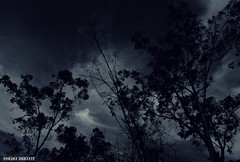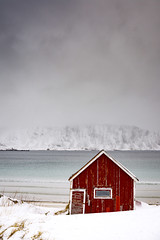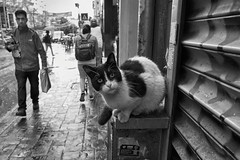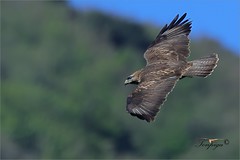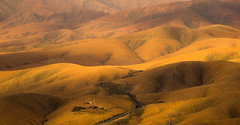Winter is a great time to get off the beaten paths and explore the more secluded parts of Cumberland Island. Seasonal cold weather has caused problem insects like ticks to become dormant, while reptiles such as venomous snakes are inactive as well. Actually, snakes are not much of a safety problem on the Island, but it’s comforting to know that this time of year they are most likely burrowed in the ground or under a log somewhere. On the other hand, some animals are very active now. This happens to be the breeding season for both raccoons and bobcats.
On a recent cross country hike I came upon many tracks from both of these animals. As I followed the trail it led me to a freshwater spring a little over one foot deep and maybe ten feet long by six feet wide. There are several of these natural springs on the Island that I know about and probably some more I haven’t found, but they usually occur where there is a significant elevation change in the land. After all, water flows down hill, even underground, so if it leads to a steep drop off, it will sometimes come to the surface nearby. These shallow ground water springs should not be mistaken with the man made artisian wells we also have on Cumberland. Part of the Florida aquifer that comes from higher elevations in north Georgia flows under the Island. If this deep (over 500 feet down) underground river is accessed by a pipe, a free flowing well is created because the water is under pressure coming from a higher elevation, but much further inland.
Fresh water sources however, either natural or man made, are magnets for wildlife. The spring I found had three game trails leading to it that were used so much, they were worn into ditches. A great number of oyster shells were exposed by all the animal traffic even though oysters don’t live in fresh water springs. This was obviously an Indian shell midden. The question in my mind was “Were the early Native American people who lived here attracted to this spot by an already existing spring or did they inadvertently create a spring by changing the relief of the landscape with centuries of discarded oyster shells covering acres of land?”. After looking around I could see this was a rather large archaeological site. Scattered about I saw some whelk shells that were worn down on the ends, suggesting they may have been used as tools of some sort by these early people. Nearby, I also found a fresh three-point deer antler. On Cumberland, male deer shed their antlers by late winter. How often I have heard people; even some deer hunters, refer to antlers as horns. The difference is; animals with horns, such as bison, do not shed them. On the other hand, members of the deer family, like our native white-tailed deer grow a new pair of antlers every year after they shed the old pair. Wandering around on the Indian site, I couldn’t help thinking about how these people utilized the plant and animal resources around them. If a deer antler was found, it would certainly be put to use as maybe an awl or some other tool. At this location there were a number of sabal palm trees. From these plants alone, the Native Americans could get both food and shelter. During Autumn, the palms produce huge clusters of berries that were eaten along with the heart of the palm itself, located near the top, where new leaves are formed. The mature fan shaped leaves were used to thatch the roofs of their lodges and could be woven into mats or clothing. Living close to the land as these people did; not much was wasted.
After leaving this area I walked for another hour surprising a couple of deer that were bedded down for the day and found the skeletal remains of another deer. This reminded me of a question I get sometimes, and that is “What happens when an animal dies out here?”. Well, that’s left to the waste management department. Out here, waste management are the vultures, both black and turkey vultures. Add to that a rapid decomposition rate from bacteria in a warm environment; and a carcass gets cleaned up rather quickly. The vultures are well adapted for what they do by not having feathers on their heads that could harbor harmful bacteria picked up while feeding. Just a reminder that everything in nature has its place.
Later, it was time for me to return to my place, but not before realizing these off the beaten path walks can be a very serendipitous way to experience the Island and winter is the most comfortable time to do it.




